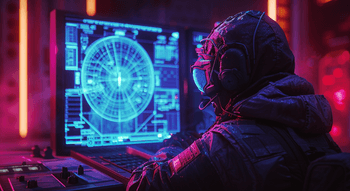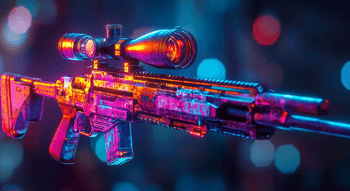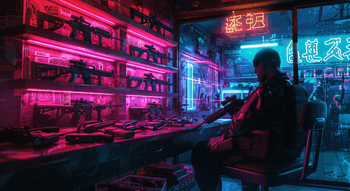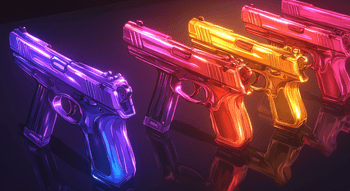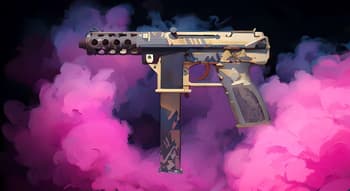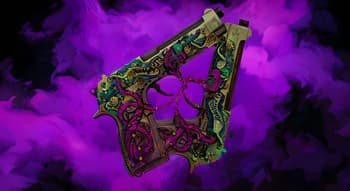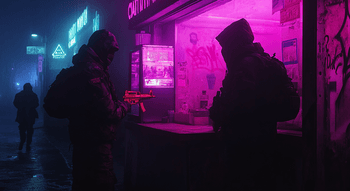Factory New vs Minimal Wear
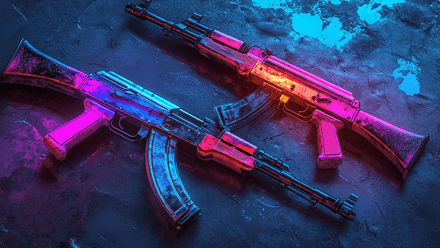
When it comes to skin trading, there are lots of factors to consider. With the introduction of patterns, StatTrak, souvenirs, and so on, the question of what constitutes Factory New and Minimal Wear difference and how much it should impact each skin’s price is up for debate. While the terms may seem straightforward, understanding the nuances can be quite challenging.
But what’s the fuss really all about? Why do players care so much about it, and is there always a notable difference between the two? Today, let’s explore the intricacies of FN and MW skins, their value, and some cases where there are no notable differences between the two.
Wondering where to sell CS2 skins? Learn which platforms offer the best value.
What Is the Difference Between Factory New and Minimal Wear
Before we get started with the CS2 Factory New vs Minimal Wear comparison, we need to make sure we are on the same page regarding the Factory New and Minimal Wear meaning. So what is Minimal Wear, and what is Factory New in CS2? Those are the two lowest stages of wear for weapon skins in CS2, which can be assigned randomly to a case drop. As most of you already know, the condition of a weapon’s skin is determined by its float value.
The float value of a skin is a number that ranges from 0.00 to 1.00 and dictates how worn the skin looks—the lower the value, the better the condition. Factory New skins have a float value range from 0.00 to 0.07, while Minimal Wear ones fall in the range of 0.07 to 0.15. So basically, when you get a skin drop, this skin will have a random float value (and its corresponding condition) assigned to it. You get the idea. Details about the full CS2 float list and how to check it will help you better understand all the intricacies of this value.
Let’s now look at the CS2 Minimal Wear vs Factory New issue. And here’s where things get interesting: there’s often very little visual difference between the two. Since the range between the float values of FN and MW skins is so narrow, a skin with a “bad” float value in the Factory New range (close to 0.07) can look remarkably similar to a skin with a “good” float value in the Minimal Wear range (also close to 0.07). In some cases, it might even be impossible to tell them apart just by looking at them! You see what we mean? Obviously, people don’t want to pay more for something that looks like it should be worth 40 bucks less.
Another important thing to keep in mind here is that the appearance of wear and tear on the skin is defined not just by its float value but also by how the skin’s creator designed its “alpha channel,” which is essentially a mask that determines how the skin will look as it wears down. This means that some skins will show signs of wear much earlier than others, depending on how the designer intended the paint to be scraped off or if it should be scraped off at all. For example, a skin with intricate details and several layers of paint might start to show wear at a lower float than a more minimalistic design.
Comparing CS2 trading sites helps you get better deals on rare items.
Factory New vs Minimal Wear: No Difference
One example of a skin with almost no visible difference between the two conditions is the AK-47 | Case Hardened. This skin has a diverse and complex design with different patterns of gold, silver, blue, and purple, depending on the pattern seed. Most likely due to the fact that it’s “hardened” and thus designed to withstand common wear factors, a Factory New version (with a float value of 0.02 in our case) looks almost identical to a Minimal Wear version (with a float value of 0.10).
In the case of Case Hardened, however, the seed (the pattern and amount of blue visible on the skin) can impact the price far more than the weapon’s condition. Another notable feature of Case Hardened family is that with increased float value, the colors simply tarnish but don’t chip off like in the majority of other weapons. This design is a notable exemption from the norm—other detailed skins are far more susceptible to wear.
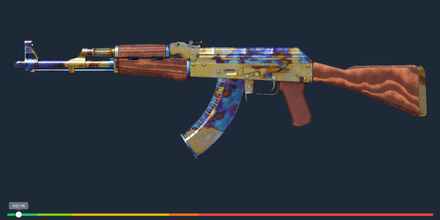
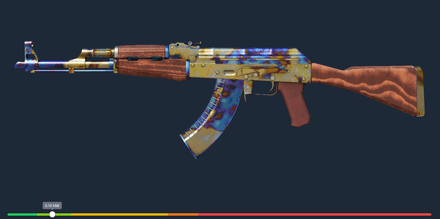
Experienced gamers compare sites to buy CS2 skins for better deals.
Minimal Wear vs Factory New: Clear Difference
On the other end of the spectrum, we have the AK-47 | Safety Net. This skin also has a diverse design with a bright-orange pattern of net cells, with black, white, and gray panels. The way it wears down is quite noticeable because its paint starts to visibly chip away as the float value increases. An FN Safety Net (with a float value of 0.02) will have sharp, clean edges, while an MW version (with a float value of 0.10) will show visible scratches, faded colors, and chipped paint around the edges. Just take a look at the magazine, the buttstock, and the area around the trigger and safety.
What about the Factory New vs Minimal Wear rating in terms of price? The difference is far from unsubstantial. A Factory New Souvenir Safety Net can sell for upwards of $42, while a Minimal Wear version is usually priced at around $17. This difference in both appearance and cost makes it clear why players prefer the Factory New version, even if it comes with a much higher price tag.
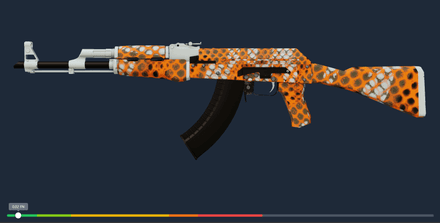
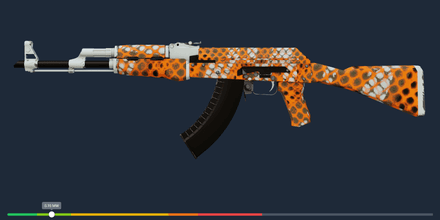
Earlier, we made a more obvious comparison of Factory New vs Battle Scarred, and Minimal Wear vs Field Tested.
Are Factory New Skins the Most Valuable?
While Factory New skins are generally considered the more valuable items due to their pristine condition, this is not always the case. The value of a skin is determined by various factors, including its rarity, popularity, and demand within the CS2 community. There are even some instances where Minimal Wear or even Battle-Scarred skins can be worth more than their Factory New relatives.
For example, the M4A1-S | Blue Phosphor currently has a higher price tag for Minimal Wear vs Factory New version. This case, as well as other skins with similar pricing, may be explained by the fact that the float-value range of these cosmetics is highly unconventional. To be more precise, the Blue Phosphor allowed wear range is only 0.00 to 0.08. Yes, this skin only has FN and MW variations, and even more than that, it only has two points in the MW range (0.07 and 0.08.) This makes Minimal Wear Blue Phosphors more rare and, therefore, more valuable. We suppose that if it had only a single MW value, it would cost even more.
For a similar example, look up Desert Eagle | Blaze.
Did you know that there are CS2 skins that look better in Battle Scarred than in Factory New?
Epilogue
When comparing Factory New and Minimal Wear skins, it’s essential to understand the nuances of float values, the visual differences (or lack thereof), and non-wear factors that can influence a skin’s price on the secondary market. While Factory New skins are often perceived as more desirable due to their pristine condition, there are many instances where Minimal Wear or even higher wear conditions can offer better value for the money or even exceed Factory New prices. Ultimately, whether to go for Minimal Wear or Factory New depends on what you prioritize: visual perfection, reasonable pricing, or investment potential.
